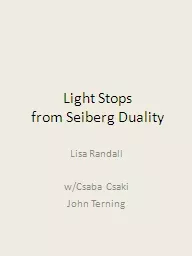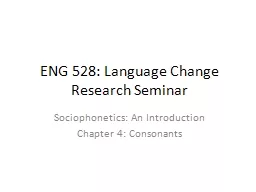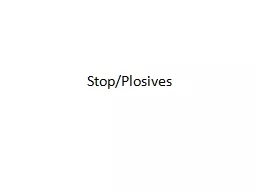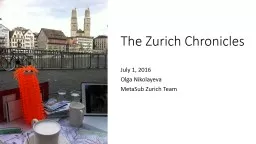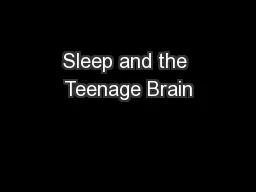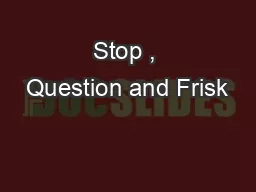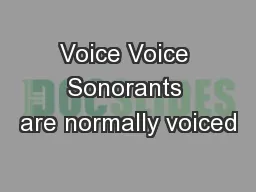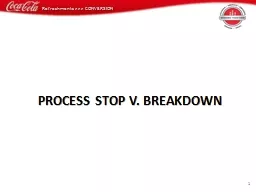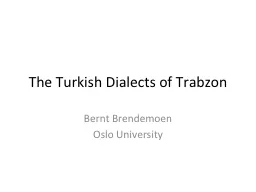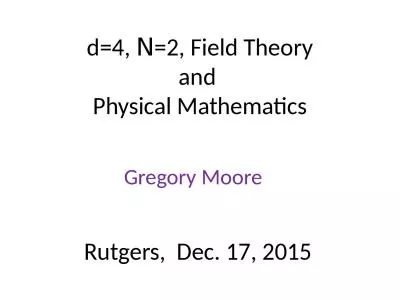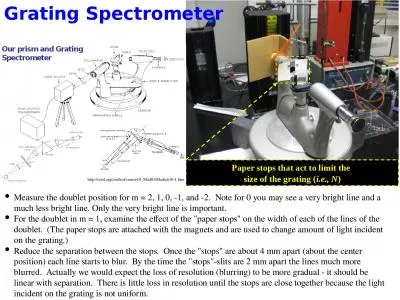PPT-Light Stops from Seiberg
Author : terrificycre | Published Date : 2020-06-22
Duality Lisa Randall w Csaba Csaki John Terning Where are we Exploring TeV scale Quite effectively Already placing bounds on strongly interacting SUSY partners
Presentation Embed Code
Download Presentation
Download Presentation The PPT/PDF document "Light Stops from Seiberg" is the property of its rightful owner. Permission is granted to download and print the materials on this website for personal, non-commercial use only, and to display it on your personal computer provided you do not modify the materials and that you retain all copyright notices contained in the materials. By downloading content from our website, you accept the terms of this agreement.
Light Stops from Seiberg: Transcript
Download Rules Of Document
"Light Stops from Seiberg"The content belongs to its owner. You may download and print it for personal use, without modification, and keep all copyright notices. By downloading, you agree to these terms.
Related Documents

